Why clean bird feeders?
No matter what type of feeder or type of food you provide, cleaning bird feeders is an easy way to keep your backyard flock healthy year-round and avoid spreading diseases among birds. Dirty feeders allow the seed to spoil and harbor mold and bacteria. Rancid seed can attract unwanted wildlife such as mice, rats, raccoons, and insects. Spoiled seed can cause wood decay and difficulty in cleaning the feeder which may cause additional damage. Caked seed can clog feeding ports, hinges and other parts causing it to crack, warp or break. Clean bird feeders and feeding areas will attract more birds and keep all backyard birds healthier for you to enjoy!

How often should I clean my bird feeders?
Feeders should be cleaned 1-2 times a month depending on their frequency of use. Nectar feeders should be cleaned 1-2 times a week.
Hand washing bird feeders
If you should choose not to use the dishwasher for cleaning your Nature’s Way Bird Products' feeders, or for feeders that cannot be washed in the dishwasher, feeders can be sanitized with a solution of one part bleach to nine parts hot water, or with a mild solution of unscented dish detergent and warm water. Be sure to rinse thoroughly with water and let dry completely before refilling. Washings can be less frequent if you give your feeder a quick cleaning every time the feeders are refilled: scrape, dump, or shake out any seed clumps and excess debris before refilling the feeder.

Do I need to clean my bird feeder in the winter?
Even in the colder winter months, it is important to clean your bird feeders on a regular basis to prevent the buildup of bacteria that can cause disease. Feeders can sometimes be even busier during the winter months with the influx of migrating birds and as inclement weather makes other natural food sources harder to come by.
Feeder cleaning tips by type
Be sure to check your product's manual or insert for cleaning and assembly instructions specific to your model!
Cleaning tube bird feeders
Tube style bird feeders keep the seed contained and out of the elements but it's important to keep them clean inside and out. Remove or open the feeder base and lid. Clean the base and lid as well as the tube, inside and out. Perches and interior baffles can be removed for a more thorough cleaning. Let dry completely before refilling and hanging.

Cleaning hopper bird feeders
Hopper bird feeders have several parts that can be removed for easy cleaning. Open or remove the roof to clean the feeder base inside and out. The rust-free seed tray lifts out easily for quick and thorough cleanings. Don't forget to clean the removeable seed windows! Let dry completely before refilling and hanging.
Cleaning platform bird feeders
The open design of platform feeders can leave the feeder and its contents exposed to the elements. Remove the rust-free seed tray by lifting it out of the platform frame. Thoroughly clean the frame and tray and let dry completely before refilling and hanging.
Cleaning hummingbird feeders
Since the sweet nectar inside hummingbird feeders can spoil, ferment or mold quickly, it's important to keep all feeder parts clean to prevent the growth of harmful bacteria. Be aware, in periods of extreme heat (or if you hang your feeder in direct sunlight) the nectar may need to be changed more frequently as the fermentation process can happen quicker. If you notice that the nectar is turning milky, or that white strings or black spots are growing in it, pour the nectar out and clean your feeder immediately.
Top-fill nectar feeders can be taken out of their decorative hangers for cleaning. The lids or bases and flowers can be removed, allowing the entire feeder to be placed in the dishwasher for easy cleaning, or hand washing if you prefer. Turn gravity feeders upside down to unscrew the base from the reservoir. If the feeder has a two-part base, separate it so you can clean the inside. Flower ports can be removed for a more thorough cleaning.
Take apart your feeder and flush with hot tap water – a little vinegar can be added to the water to help prevent mold from becoming established. Visually inspect the feeder for black mold. If mold is present, place all parts in dishwasher for a thorough cleaning for a glass feeder. For a thorough cleaning on plastic feeders, use a pipe cleaner or small brush when washing the feeder parts by hand with a solution of one part bleach to nine parts hot water, or with a mild solution of unscented dish detergent and warm water. Be sure to rinse thoroughly with water and let dry completely before refilling.

Cleaning suet bird feeders
Especially in the warmer months, suet feeders can become sticky with caked on suet. To clean suet bird feeders, open the feeder and scrub the mesh to remove any caked on suet. Don't forget to clean the feeder base as well as the roof or lid since it can become dirty from the incoming weather and visiting birds.
Cleaning bamboo bird feeders
Although bamboo is resistant to mold, it is not impervious and may show signs of mold depending on the location it is hanging, type of seed, frequency of cleaning, and the weather in your area. It is important to be diligent in cleaning bamboo feeders when signs of mold begin to show. Shaking out the debris and dust or hosing off the feeder won’t get rid of any beginnings of mold. We recommend cleaning the feeder with a diluted bleach solution (9 parts water to 1 part bleach). Other options included using unscented dish soap/warm water or vinegar/water to keep the mold from spreading or permanently staining your feeder. Make sure to then rinse completely and dry thoroughly before using again.

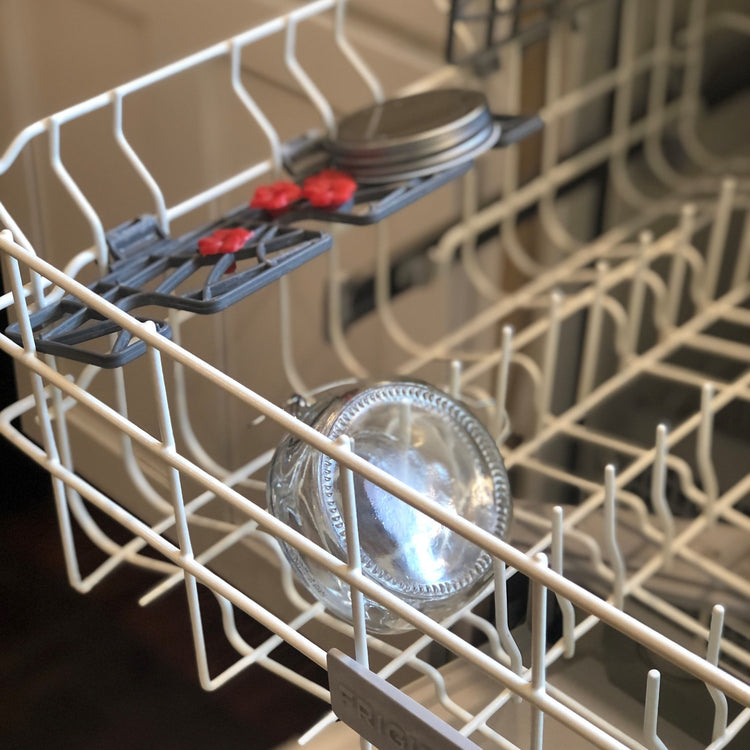
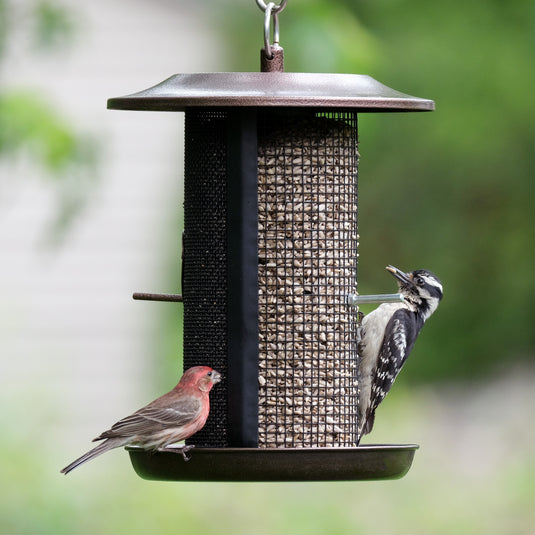
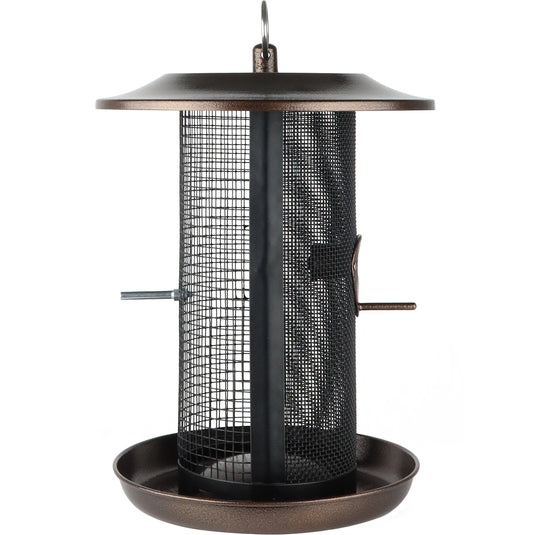
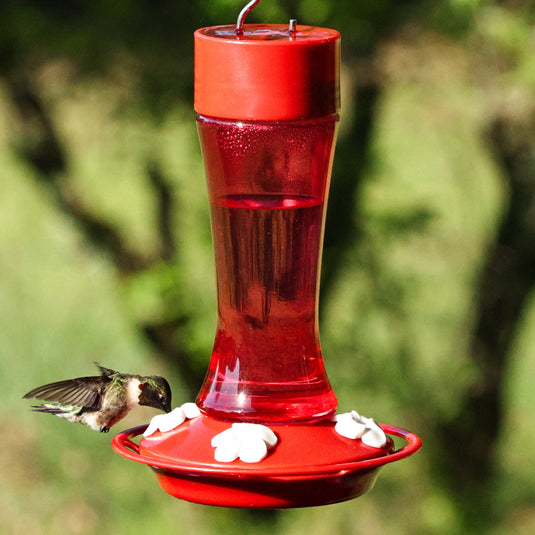
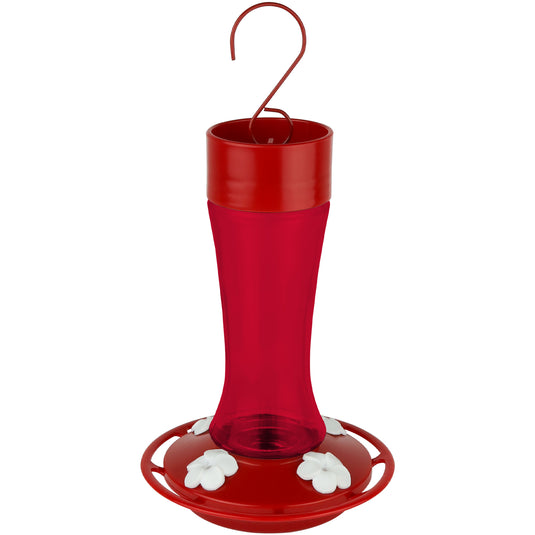
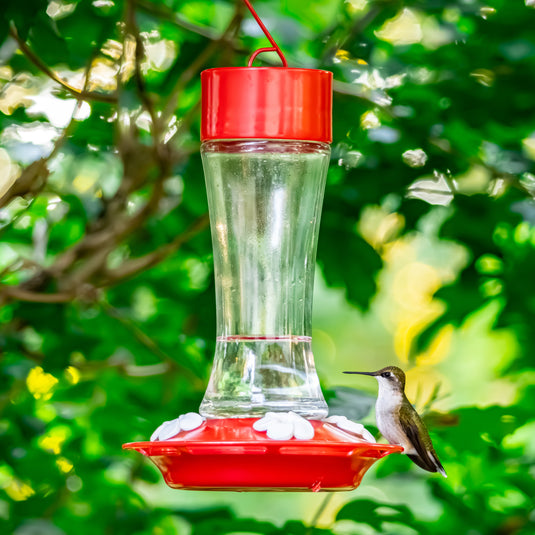
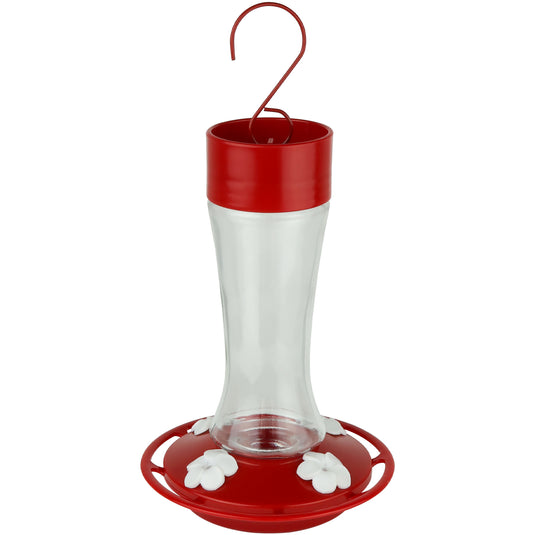
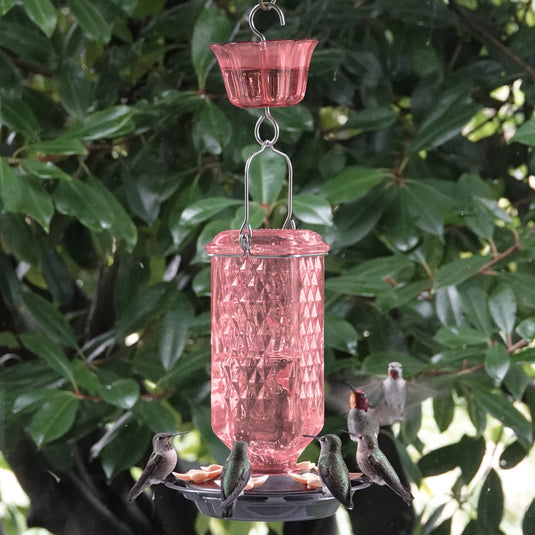
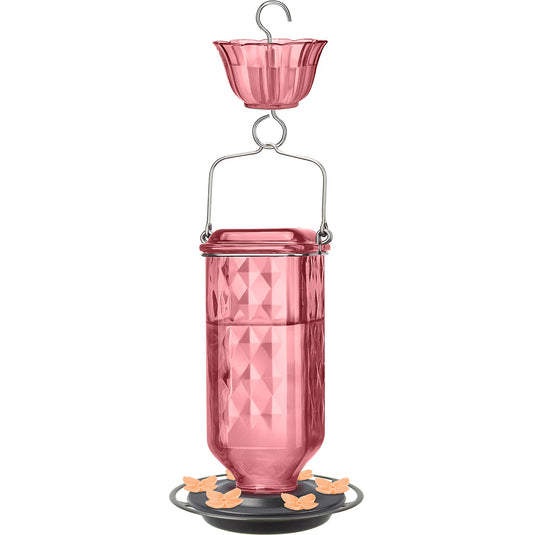
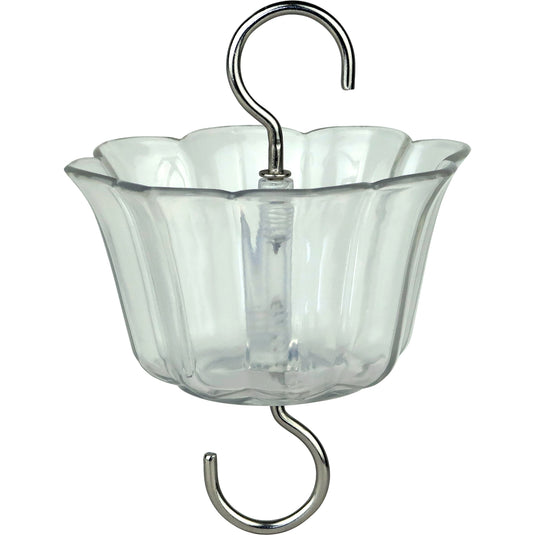
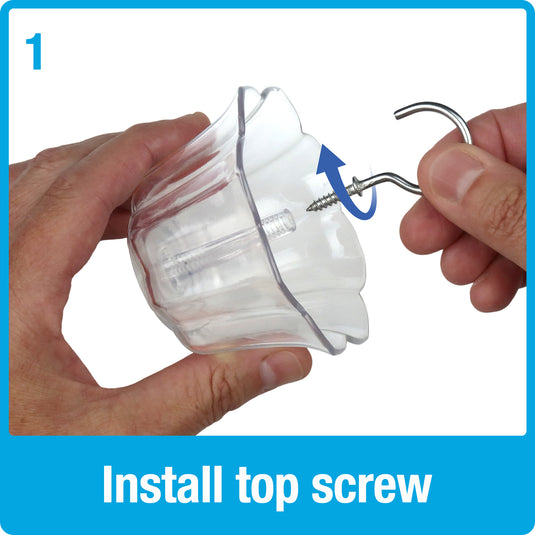
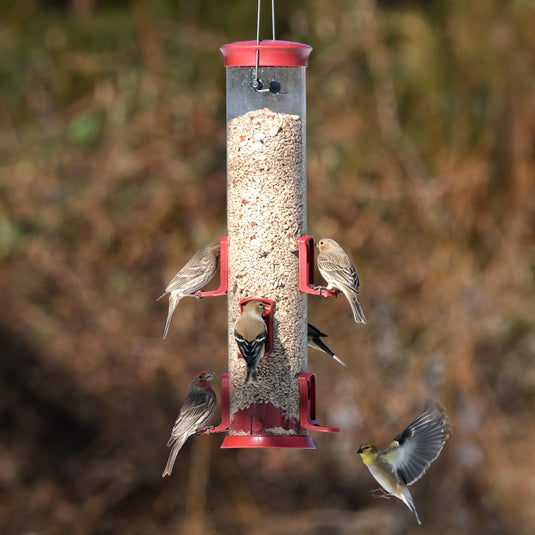
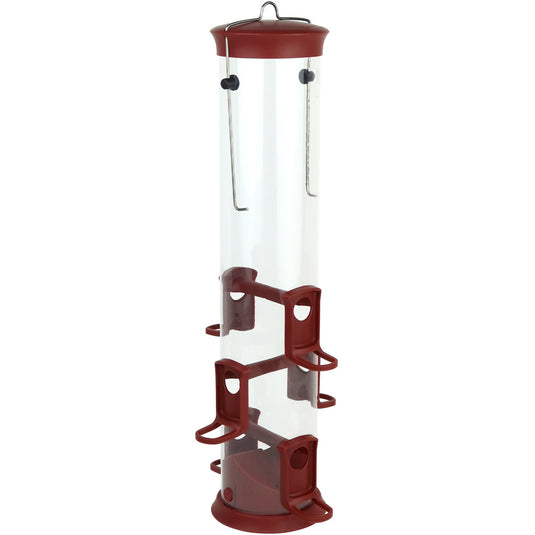
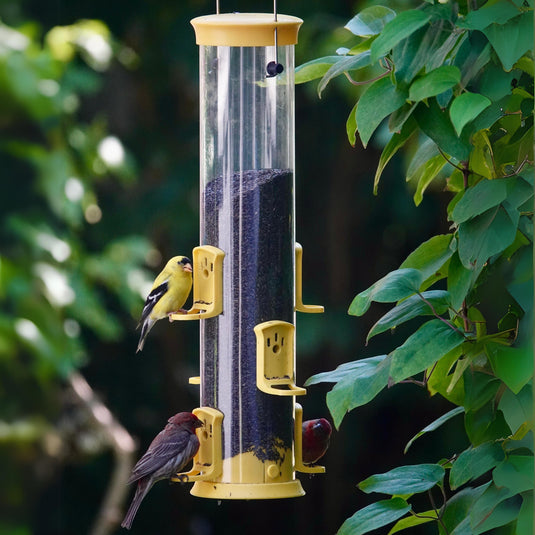
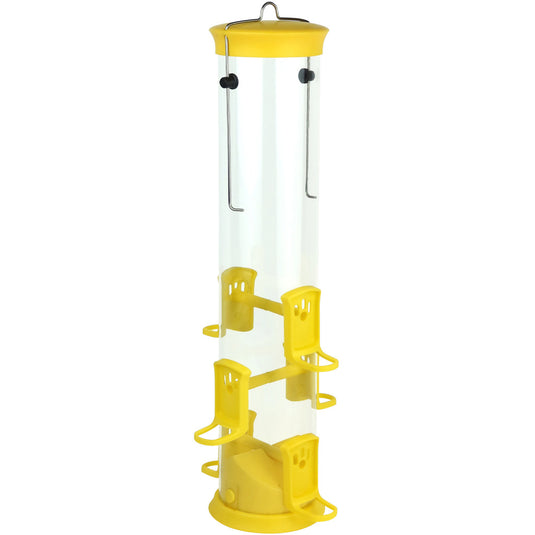
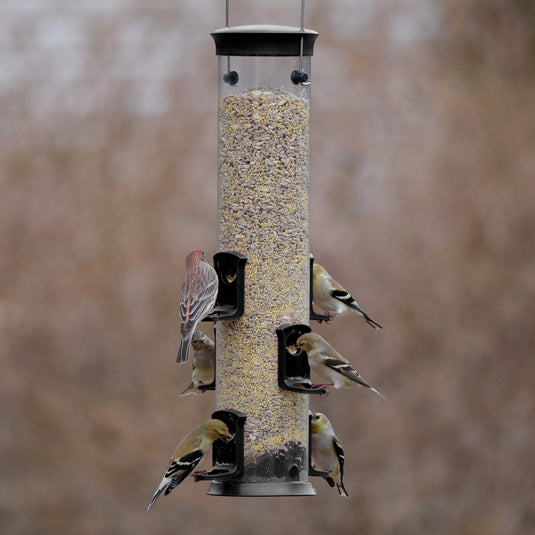
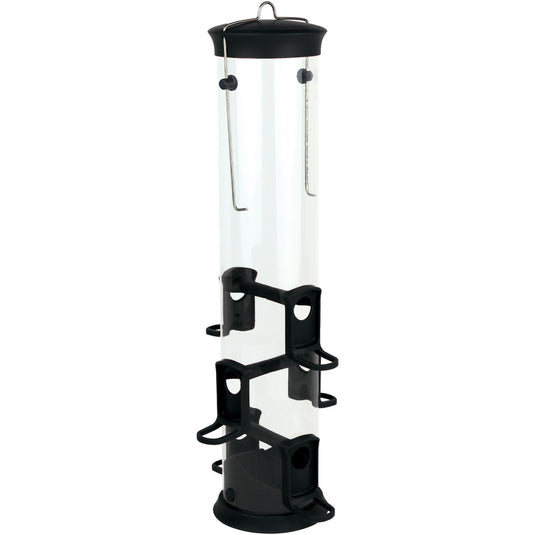
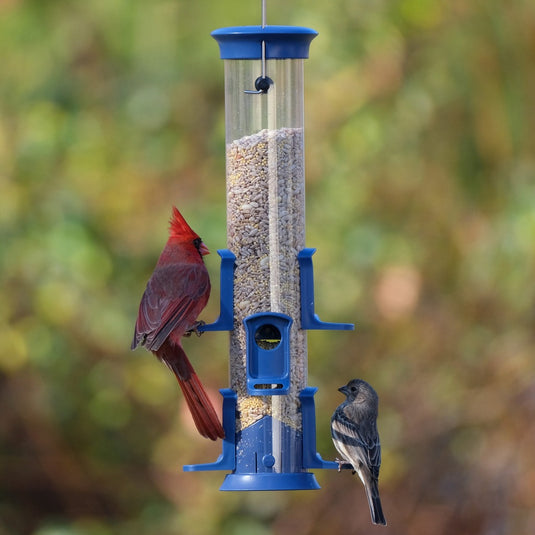
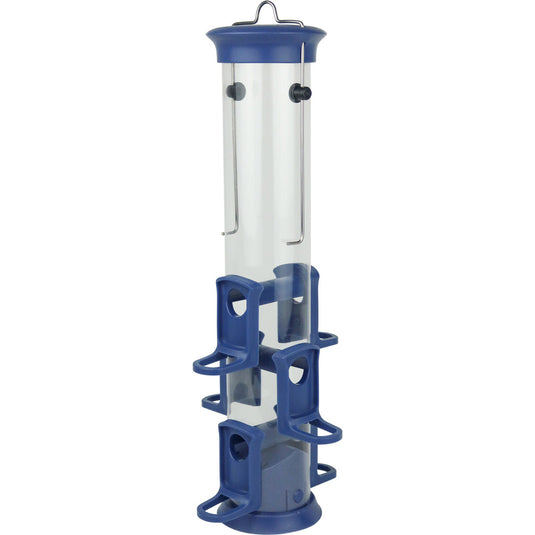
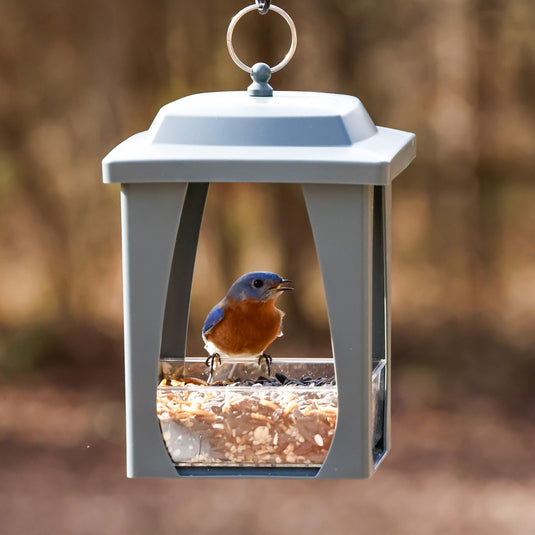
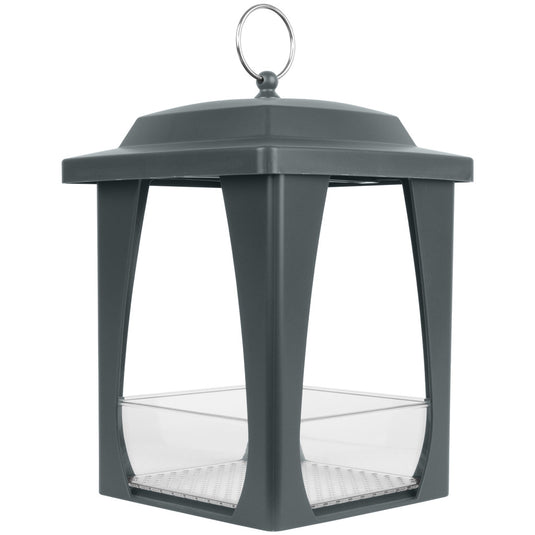
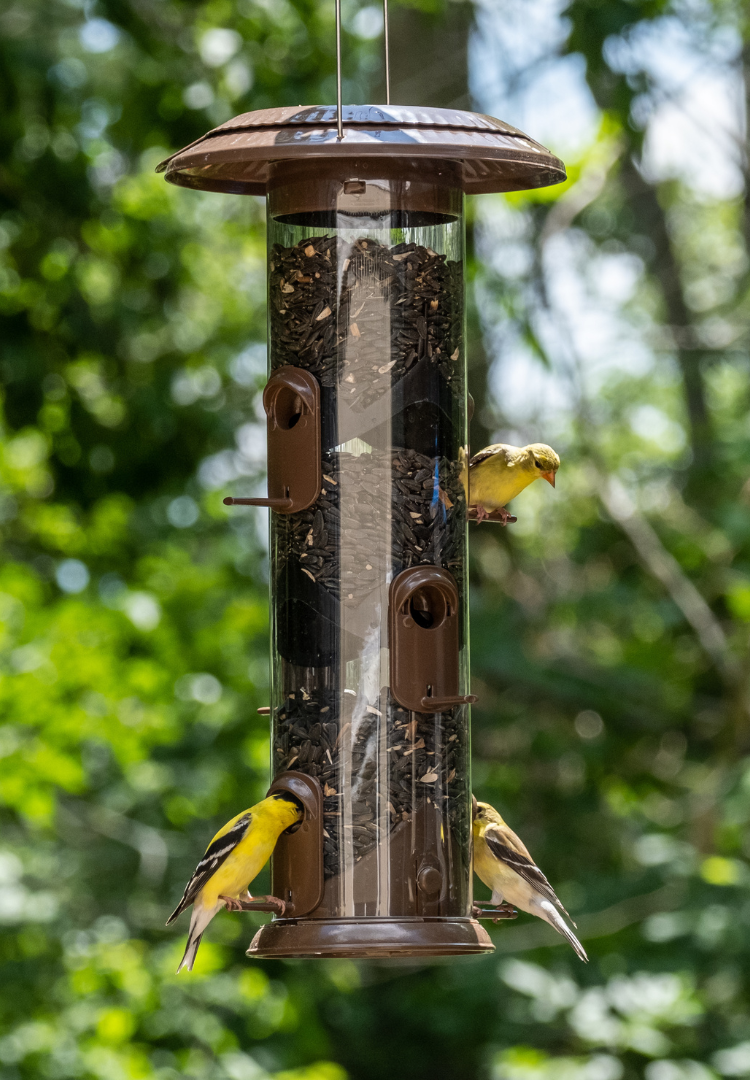
Hi Kathy, Thanks for sharing your cleaning tip! Happy birding!
I find that a mascara brush is just the right size for hummingbird feeder ports. You can purchase them new in packages in make-up departments. They come in handy for other uses as well.
Hi Londa, Please reach out to our customer service department directly via email info@natureswaybirds.com so we can verify your model number and get you a copy of the instructions. Thank you!
I need instructions on how to take apart the base of a Gravity Glass Hummingbird Feeder to clean it properly. It is the one that has white flowers attached to the feeder ports and two holes in the base where the liquid from the bottle enters into the base. It did not come with any dismantling/cleaning instructions.